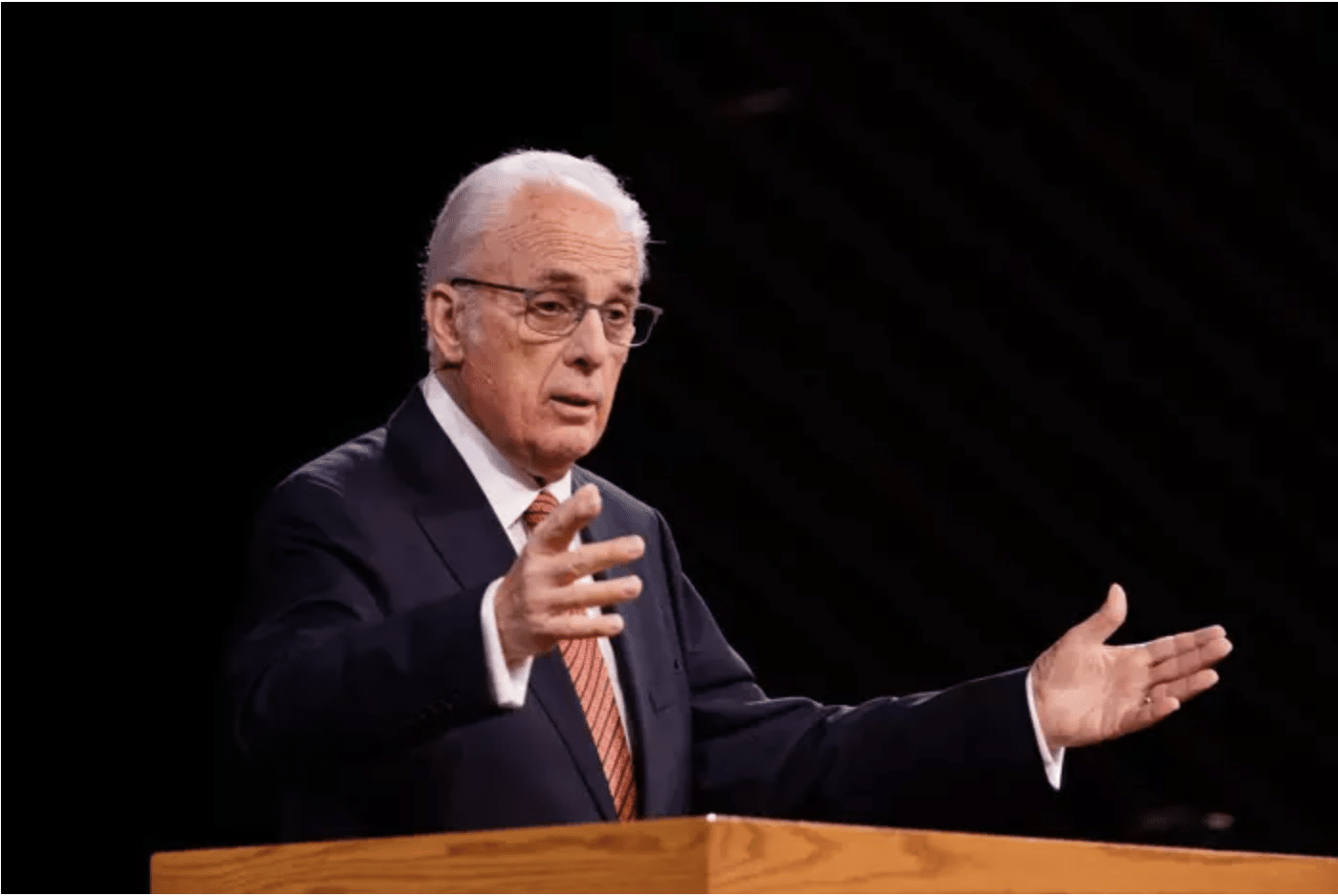Meteorologists have warned of potential “weather wars” between countries if cloud seeding gets out of hand.
The comments follow torrential rain in Dubai, the UAE, which caused extreme flooding. The downpour began on Monday, bringing widespread disruption, closing schools, flooding homes, and delaying travel.
More than 142 millimeters of rain fell on the city in just 24 hours, equivalent to at least a year’s worth of rain for the region.
Recently, there have been theories that the torrential rain was caused by cloud seeding, when planes inject clouds with chemicals, sparking precipitation. The practice was introduced in the 1940s and is now only used in areas with little rainfall, such as the UAE.
However, the experts can’t agree on whether cloud seeding was responsible in this case, which has caused some debate in the weather community.
Johan Jaques, a senior meteorologist at environmental technology company KISTERS, believes there could be “unintended consequences” when technology is used to alter the weather. He even thinks there could be diplomatic consequences and subsequent “weather wars.”
“Cloud seeding aims to enhance and accelerate the precipitation process. Especially in areas that have not seen rain over a long time, such intense precipitation can lead to excess infiltration flow, with potential flash floods resulting,” Jaques said in a statement.
“The Dubai floods act as a stark warning of the unintended consequences we can unleash when we use such technology to alter the weather.
“Additionally, we have little control over the aftermath of cloud seeding. Where exactly is it going to be raining effectively? Using techniques such as cloud seeding to bring much-needed rainfall in one area can cause flash floods and droughts in another.”


















